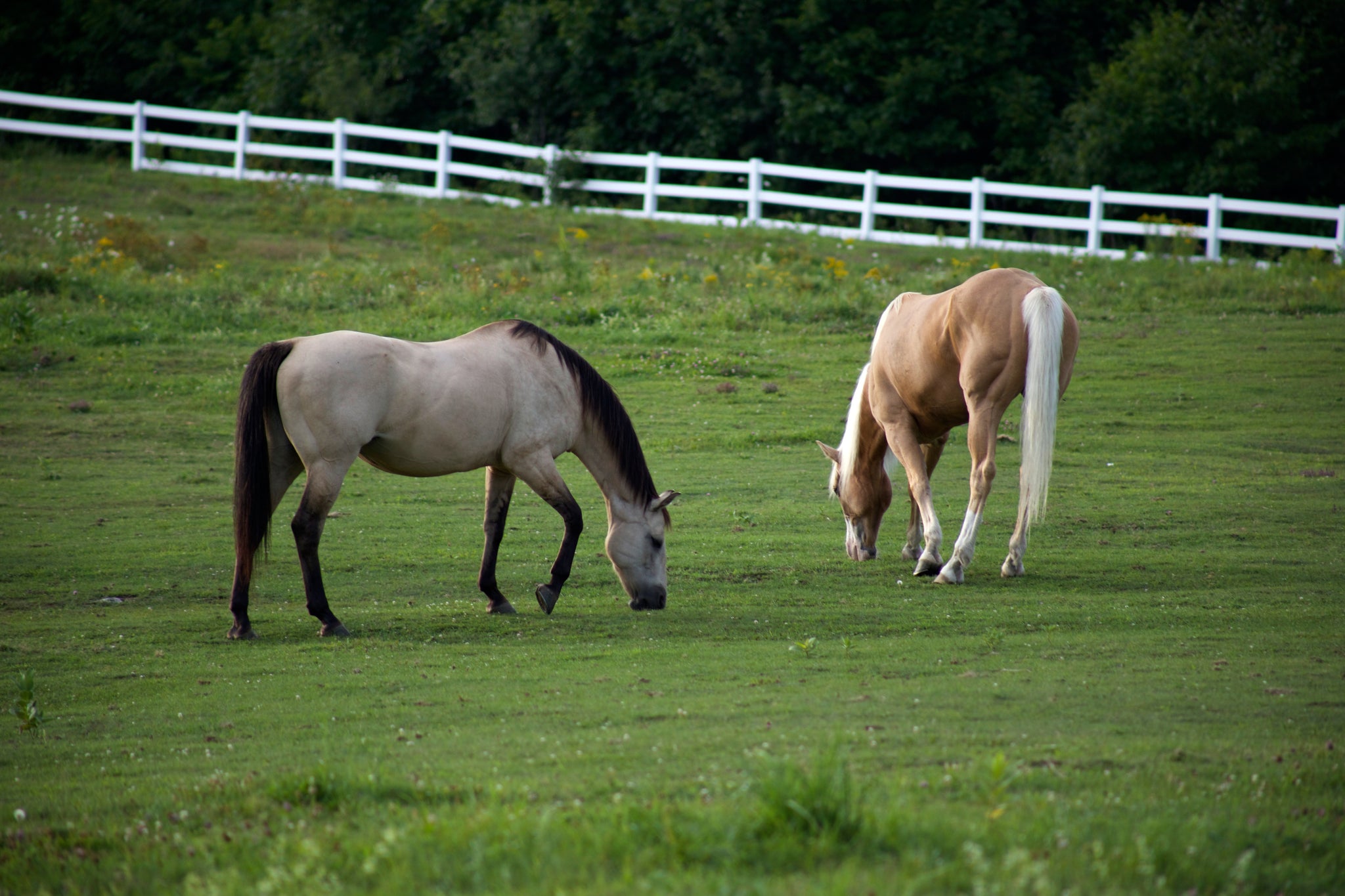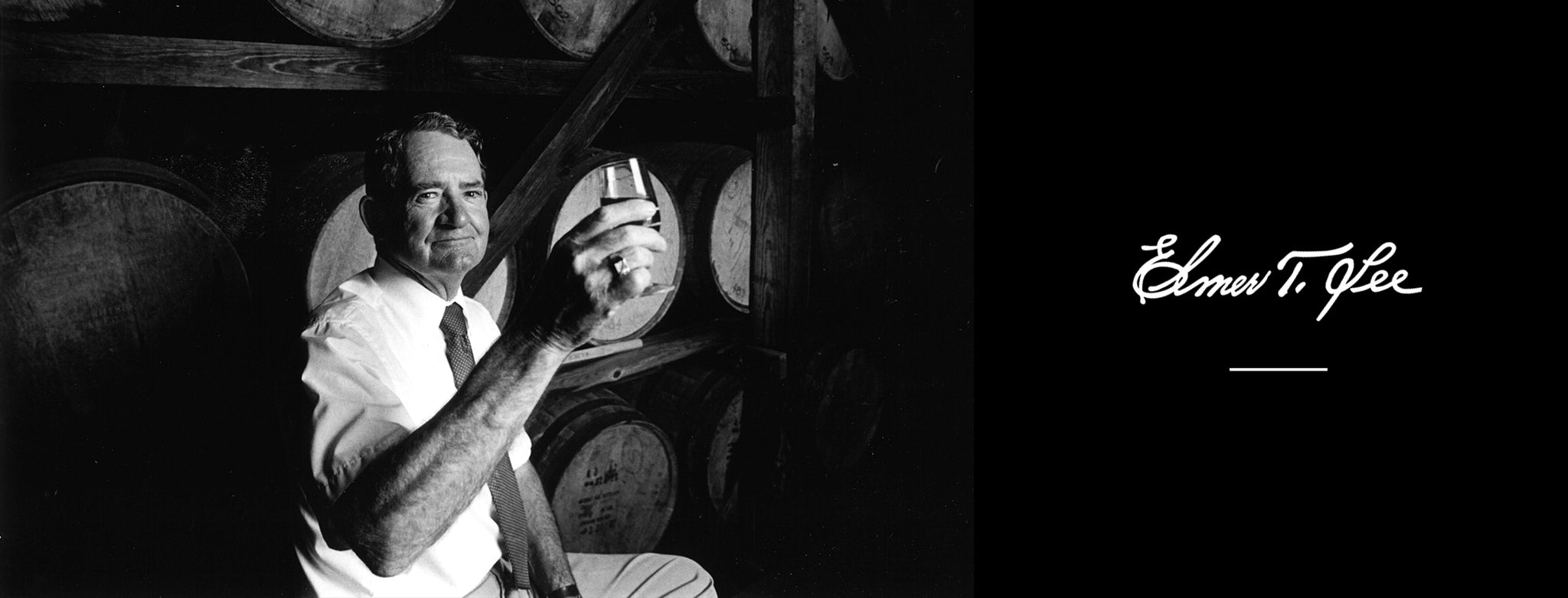Our Story
Kentucky's Bourbon Tradition
While law does not require bourbon to be made in Kentucky, the Bluegrass state produces approximately 95% of the world’s supply. There are several primary reasons Kentucky remains the bourbon capital of the world today. Kentucky was America’s original west. When early settlers moved West in search of more land and resources many settled in what is now the Commonwealth of Kentucky. These settlers of Scottish, German and Irish descent brought with them their stills and distilling knowledge. They quickly discovered that Kentucky was the ideal place to make great whiskey.
One reason is the vast deposits of limestone rock that filters unwanted minerals out of the water used in the distilling process. A second is the soil and climate are perfect for growing corn; bourbon’s primary ingredient and source of its distinctive sweet flavor profile. Another factor is the often wild swings in temperature from season to season, and sometimes even day to day. Since bourbon is aged in charred oak barrels, the changes in temperature cause the wood to repeatedly absorb and release the whiskey, giving the finished product its characteristic oak notes and amber color. We are extremely proud of our Kentucky heritage. Blanton’s, the Original Single Barrel Bourbon, has always been and will always be made in Kentucky, the bourbon capital of the world.

How Blanton's Came to Be
Single Barrel Bourbon started with Blanton’s in 1984. Nearing retirement, Master Distiller Elmer T. Lee was tasked with creating a bourbon of exceptionally high quality. With careful reflection, he recalled the earlier days of his career in the late 1940s when he worked under Colonel Albert B. Blanton. Colonel Blanton was the president of the distillery until 1952. Mr. Lee remembered that when Colonel Blanton would entertain dignitaries and other important guests he would handpick “honey barrels” from the center cut of Warehouse H and have that bourbon bottled one barrel at a time. As a tribute to Colonel Blanton’s old tradition, Elmer T. Lee decided to name this new bourbon “Blanton’s Single Barrel”.
Elmer T. Lee introduced the world to Blanton’s Single Barrel Bourbon a year before he retired. In doing so, he revolutionized the industry by creating the “super premium” category of bourbon with the world’s first single barrel bourbon. This idea was somewhat radical at the time because it challenged the identity of what most folks thought bourbon to be. Today, most distilleries offer one or more single barrel bottlings, but Blanton’s was the first, and we still believe the finest, single barrel on the market.

Warehouse H
After the repeal of prohibition in 1933, the remaining distilleries in Kentucky were anticipating high demand for their spirits. Production went into overdrive and Colonel Blanton’s distillery faced a shortage of space to store barrels. Colonel Blanton’s solution was to order the construction of a metal warehouse because of the relatively short time it would take to erect. Colonel Blanton later discovered that the metal walls caused the bourbon inside to age differently. The temperature change inside this metal warehouse happens more quickly, causing the bourbon to interact with the oak at a steadier rate. Because the metal walls are thinner the temperature inside the warehouse is closer to what the actual temperature is outside the warehouse. This has the effect of really capturing Kentucky’s temperamental weather and takes advantage of the climate of Kentucky having four seasons proper. In time, Colonel Blanton favored the unique aging qualities this metal warehouse had on the barrels inside. This warehouse became the home of Blanton’s Single Barrel Bourbon in 1984. Still to this day, Warehouse H contains aging barrels of our wonderful Single Barrel Bourbon.

Elmer T. Lee
After serving in World War II as a Radar Bombardier, Elmer T. Lee returned to his home in Kentucky and earned his engineering degree from the University of Kentucky. He joined the distillery in the late 1940’s as a maintenance engineer. He first interviewed with Colonel Blanton who famously rejected him by saying, “Son, we’re not hiring any hands today”. Fortunately, Colonel Blanton changed his mind and Elmer T. Lee started working the following week.
His genius for bourbon production propelled his rise from Maintenance Engineer to Plant Engineer, where he was eventually promoted to Plant Superintendent. From there he earned the shared title of Plant Manager and Master Distiller where he oversaw much of the distillery’s modernization and growth until he retired in 1985.
After retiring Mr. Lee served as Master Distiller Emeritus and Ambassador for Buffalo Trace Distillery. He was inducted into the Kentucky Bourbon Hall of Fame in 2001. In 2002 he received the “Lifetime Achievement Award” from Whisky Advocate, and again from Whisky Magazine in 2012. In 2013 Elmer passed away, leaving behind a prolific legacy of creativity and exploration that helped shape the Bourbon Industry into what it is today.

Colonel Albert Bacon Blanton
Colonel Albert Bacon Blanton was born on a farm near the distillery in 1881. In 1897, at the (very) young age of 16, Colonel Blanton was hired as a clerk at the distillery. As he grew older he became very familiar with the distillery’s operations, working in every department. He started as an office boy at the age of 16, and finally in 1921 he was in charge of the entire operation becoming President of the distillery. Colonel Blanton’s hands-on experience in all aspects of the distillery proved invaluable. His leadership guided the distillery through some of the most trying times of the 20th century, starting with Prohibition. Colonel Blanton’s savvy business acumen allowed bourbon production to continue during Prohibition, keeping the distillery operating when many others were closing their doors. When Prohibition ended in 1933, the nation was in the throes of the Great Depression. Again, Colonel Blanton’s leadership allowed the distillery to prevail during the lean times of the Depression. In 1937, the rising waters of the KY river engulfed the distillery. Remarkably within just 24 hours of the flood water receding Colonel Blanton restored the distillery to normal operations. A few years later, during World War II, Colonel Blanton’s gift for guidance kept the distillery intact at a time when it was required to suspend whiskey making and exclusively produce straight alcohol for military purposes.
Colonel Blanton emerged from these trials undaunted because his determination to create world-class bourbons never faltered. Most importantly, he carried the time-honored traditions of Kentucky bourbon making into the modern era.

In 1959, Colonel Blanton passed away. He was a true Kentucky gentleman and bourbon aristocrat. He spent over half a century, and the better part of his life, dedicated to the pursuit of crafting the world’s finest bourbon. A bourbon traditionalist at heart, and as Elmer T. Lee recalled, Colonel Blanton would occasionally bottle one barrel at a time, much the same way as Kentucky’s earliest bourbon pioneers. He would handpick a barrel from the center cut of Warehouse H and bottle its bourbon to entertain friends, family, and dignitaries. A statue of Colonel Blanton stands at the distillery today. At its base it reads:
Loved And Respected
Master Distiller And
True Kentucky Gentleman.
He Dedicated 55 Years Of His
Life To The Service Of
His Community And His Company.
That His Inspired Leadership
May Live In The Minds Of Those
With Whom He Lived And Of
Those Who Follow. This Memorial
Is Erected With Gratitude And Honor.
The Stoppers
The horse and jockey atop the bottle stoppers are now a recognized trademark of Blanton's Single Barrel Bourbon. The rich heritage and tradition of horses in Kentucky parallel that of bourbon. This is our way of paying homage to this Kentucky heritage. Beginning in 1999 a collector's set of eight different stoppers was produced. The set features a horse and jockey in different strides and poses resembling the stages of a horse race, from beginning to end. Each stopper is marked with a single letter that spells Blanton's when the set has been completed. The final stopper, marked by “S” always finishes the race in victory!

